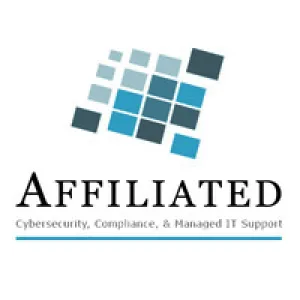March 24, 2025
Business e-mail compromise (BEC) is rapidly emerging as one of the most significant cyber threats that companies encounter. Although these scams have posed challenges for organizations over the years, the advent of advanced AI tools has made them more sophisticated and considerably more perilous.
In 2023, BEC scams led to global losses of $6.7 billion. Even more concerning, a study by Perception Point indicated a 42% rise in BEC incidents during the first half of 2024 compared to the same timeframe the previous year. With cybercriminals utilizing AI to enhance their methods, this trend is expected to continue growing.
What Are Business E-mail Compromise (BEC) Attacks?
BEC scams are not typical phishing attempts; they are highly targeted cyberattacks where criminals manipulate e-mail accounts to deceive employees, partners, or clients into divulging sensitive information or transferring funds. Unlike generic phishing, BEC scams frequently involve impersonating trusted individuals or organizations, making them significantly more convincing and effective.
Why Are BEC Attacks So Dangerous?
BEC scams are alarmingly effective because they exploit human trust rather than relying on malware or attachments, which are often detectable by filters. Here's what makes them particularly harmful:
They can lead to:
- Significant Financial Losses: A single persuasive e-mail can result in unauthorized payments or data breaches. The average loss per attack exceeds $137,000, and recovering stolen funds is nearly impossible.
- Operational Disruption: An attack can halt business operations, causing downtime, audits, and internal turmoil.
- Reputational Damage: How can you reassure clients that their sensitive data may have been compromised?
- Loss of Trust: Employees may feel insecure, knowing their organization was vulnerable.
Common BEC Scams To Watch Out For
BEC scams manifest in various forms. Here are some of the most prevalent:
- Fake Invoices: Cybercriminals impersonate vendors and send realistic invoices requesting payment.
- CEO Fraud: Hackers pose as executives, pressuring employees to transfer funds under time constraints.
- Compromised E-mail Accounts: Legitimate accounts are hacked and used to issue malicious requests.
- Third-Party Vendor Impersonation: Trusted vendors are spoofed, making fraudulent requests appear routine.
How To Protect Your Business From BEC
The positive aspect? BEC scams can be prevented with the right strategies:
Train Your Team Like It's Game Day
- Educate employees on identifying phishing e-mails, particularly those marked "urgent."
- Require verbal confirmation for any financial requests.
Enforce Multifactor Authentication (MFA)
- MFA serves as a safety net, even if a password is compromised. Implement it on all accounts, especially e-mail and financial platforms.
Test Your Backups
- Regularly restore data from backups to ensure they function correctly. A faulty backup during an attack could severely impact your business.
Get Serious About E-mail Security
- Utilize advanced e-mail filters to block malicious links and attachments.
- Conduct regular audits of access permissions and promptly revoke access for former employees.
Verify Financial Transactions
- Always confirm large payments or sensitive requests through a separate communication channel, such as a phone call.
Next Steps For Security
Cybercriminals are adapting, but you can stay ahead of the curve. By training your team, securing your systems, and verifying transactions, you can fortify your business against BEC scams.
Want to ensure your business is
protected? Start with a FREE Consult to uncover vulnerabilities,
secure your systems and keep cybercriminals out.
Click here or give us a call at 614-889-6555 to schedule your FREE
Consult today!
Let's stop BEC in its tracks - before
it stops your business.




